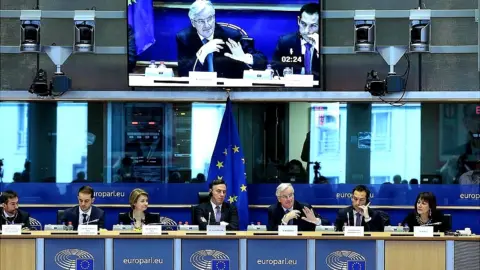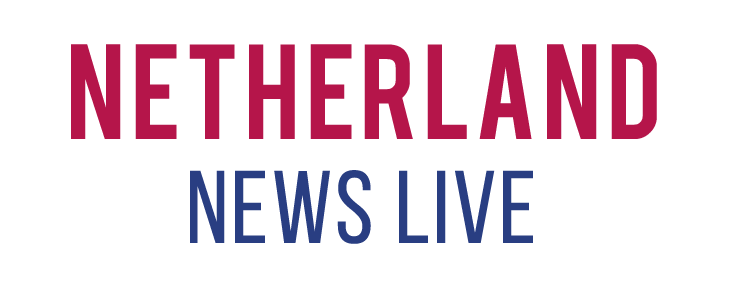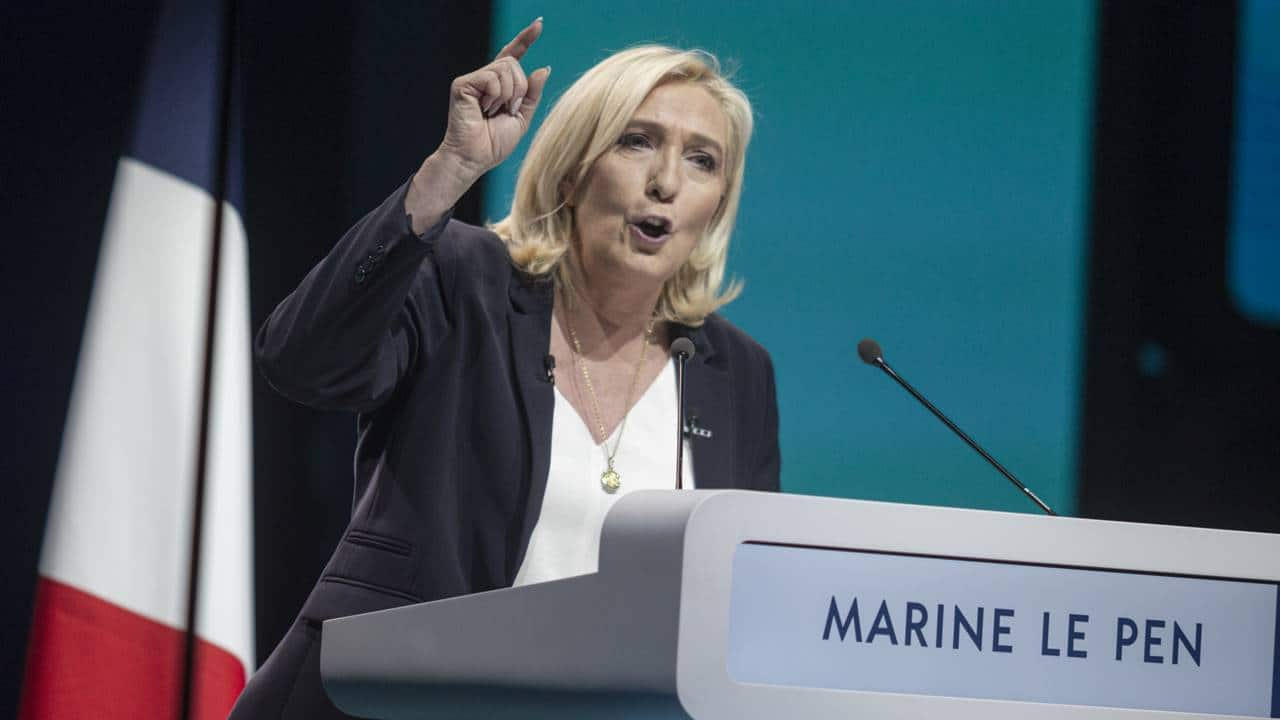
On June 6, the Netherlands will elect 31 new Members of the European Parliament (MEPs). But what exactly do these representatives do? Here’s an overview of the European Parliament’s functions and responsibilities.
How the European Parliament Works
The European Parliament is the EU’s only directly elected body, with legislative, supervisory, and budgetary duties. Following the upcoming election, it will consist of 720 MEPs. Notably, the Parliament operates in both Strasbourg, France, and Brussels, Belgium.
Key Roles of the European Parliament
1. Legislation: The Parliament works on EU laws proposed by the European Commission, which require final approval from the Council of the EU, composed of national government ministers.
2. International Agreements and Legislative Initiatives: The Parliament decides on international agreements, such as EU enlargement, and can request the Commission to propose new legislation.
3. Supervision and Budgeting: The Parliament scrutinizes all EU bodies, elects the Commission President, and discusses monetary policy with the European Central Bank. It also sets and approves the EU’s budget and spending plans.
Composition of the European Parliament
The number of MEPs per country is proportional to its population, with no country having fewer than six or more than 96 MEPs. The total number of MEPs is capped at 750, plus the President.
The Parliament is organized into 20 committees and three subcommittees, each focused on specific policy areas. These committees review legislative proposals, allowing MEPs and political groups to suggest amendments or reject bills. Political groups also debate these issues internally.
Legislative Process
To pass legislation, MEPs convene in plenary sessions, where they vote on proposed laws and amendments.
Political Affiliations
MEPs are grouped by political affiliation into one of seven groups or may join a non-aligned group. These affiliations indicate general political alignments but are not absolute. For instance, a vote for the VVD and D66, both part of the Renew group, represents different political stances within the same group. Political groups reflect broader political trends and collaborate on legislative matters, making the rise of the right a significant point of interest.
For the latest polls and forecasts on the composition of the new European Parliament, check out Politico’s coverage.





